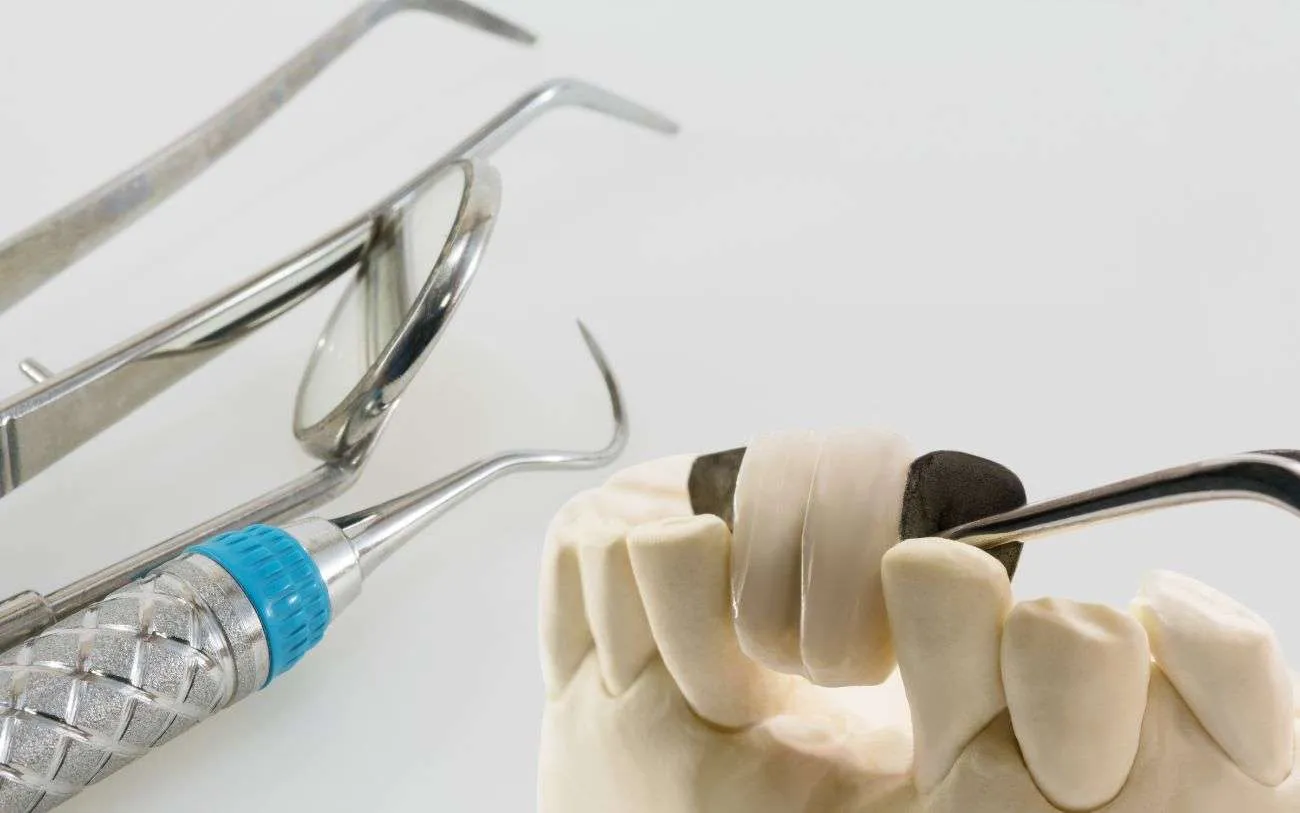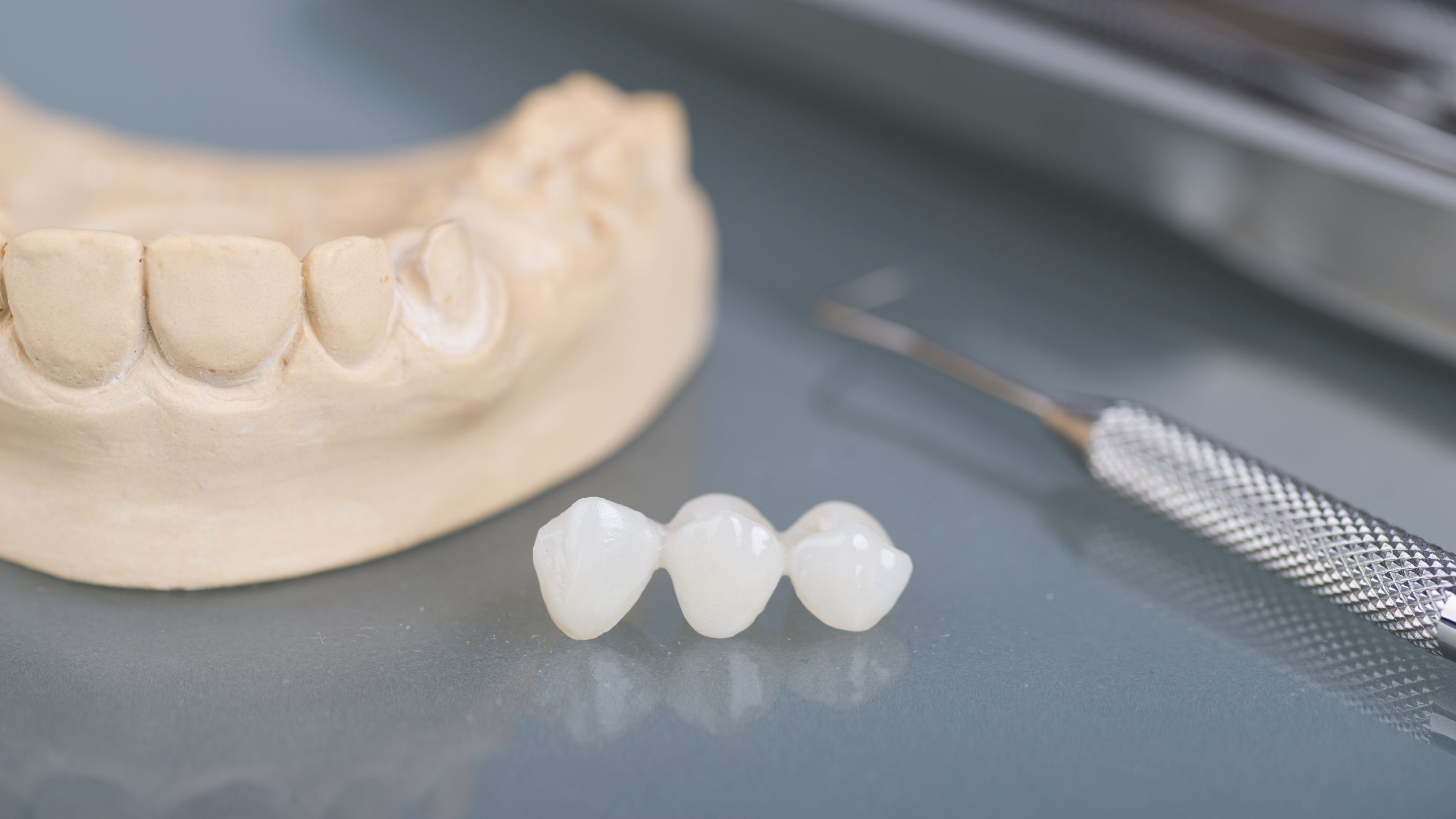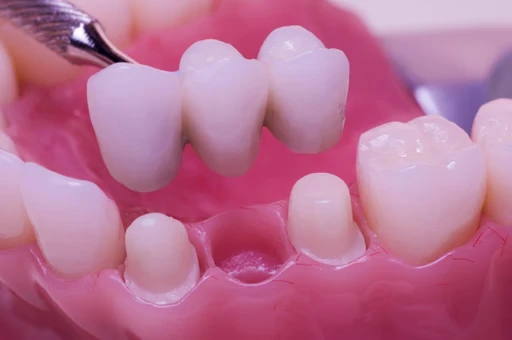
At Smyrna Dental Studio, we understand how missing teeth can impact both your smile and oral health. A cantilever bridge is a specialized dental restoration designed for patients who need a replacement tooth but only have one adjacent tooth available for support. If you are looking for an effective and minimally invasive solution to restore your missing tooth, a cantilever bridge might be the right option for you.
A cantilever bridge is a type of dental bridge that replaces a missing tooth by anchoring to only one adjacent tooth, rather than two like a traditional bridge. This makes it an excellent choice when there is only one strong natural tooth next to the gap.
A cantilever bridge consists of:
A Pontic (Artificial Tooth): The replacement tooth that fills the missing space.
A Single Crown (Abutment): A dental crown placed on one adjacent tooth to support the pontic.
You may be a good candidate for a cantilever bridge if:
You are missing one tooth and have only one healthy adjacent tooth for support.
You want a non-invasive alternative to a dental implant.
You have strong surrounding teeth and good oral health.
You are looking for a quicker and cost-effective solution compared to implants.
However, cantilever bridges may not be ideal for replacing back molars, as these teeth undergo greater chewing pressure and may require more support.
Quick and Efficient: Typically completed in two visits over a few weeks.
Restores Functionality: Helps with chewing, speaking, and maintaining facial structure.
Aesthetic Improvement: Fills the gap for a seamless, natural-looking smile.
Prevents Tooth Shifting: Keeps surrounding teeth from moving into the gap.
Minimally Invasive: Requires preparation of only one adjacent tooth.
To ensure the longevity of your cantilever bridge:
Brush and Floss Daily
to prevent plaque buildup around the bridge.
Avoid Excessive Force
on the bridge, especially when chewing hard foods.
A cantilever bridge is a reliable and efficient solution for replacing a missing tooth when only one adjacent tooth is available for support. At Smyrna Dental Studio, we provide expert restorative dentistry to help you achieve a complete, healthy smile. Schedule your consultation today to explore your best treatment options!
At Smyrna Dental Studio, we are committed to delivering high-quality dental care tailored to your needs. Whether you need a bridge, crown, or implants, we’re here to help. Book an appointment today!












